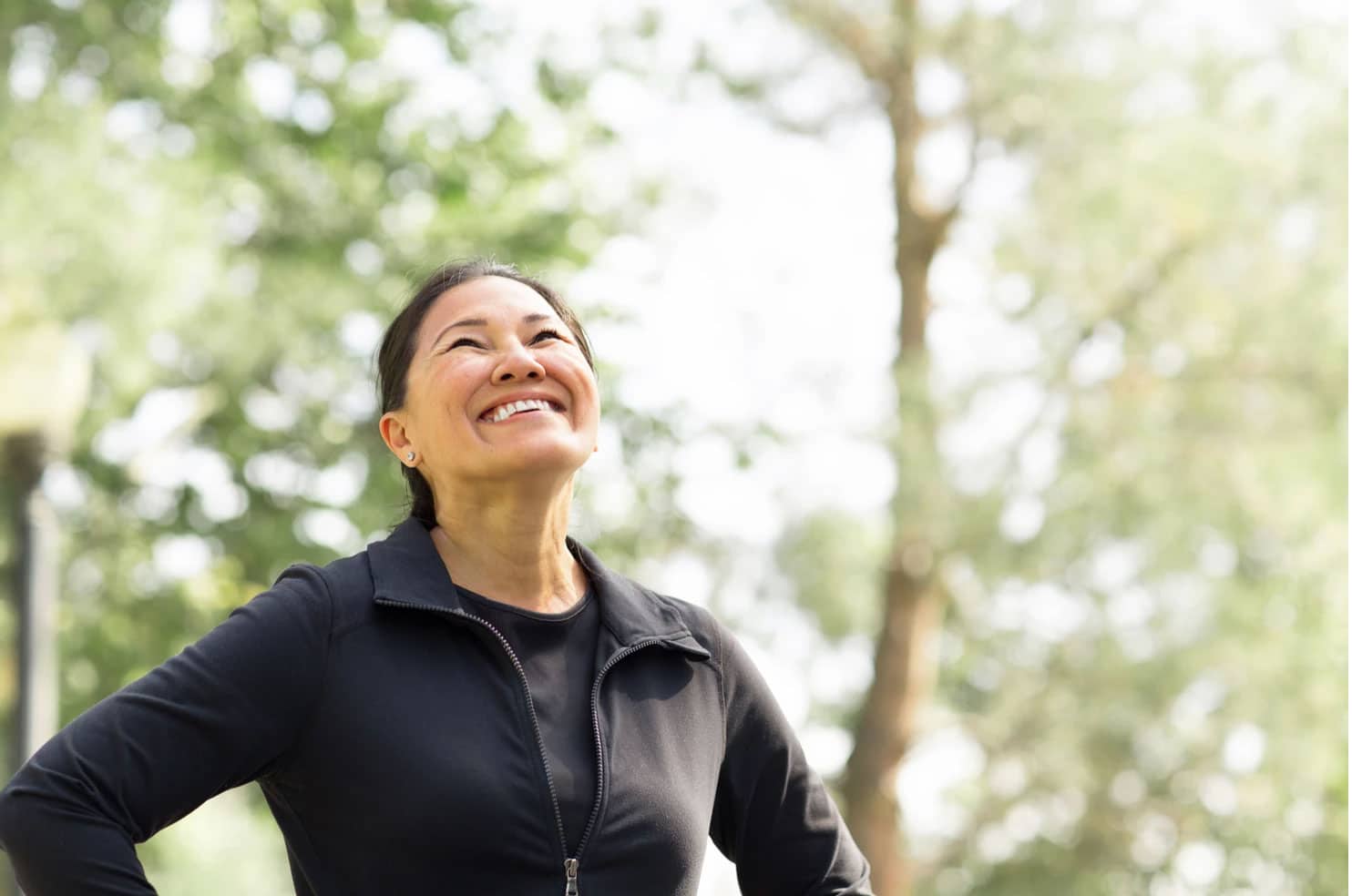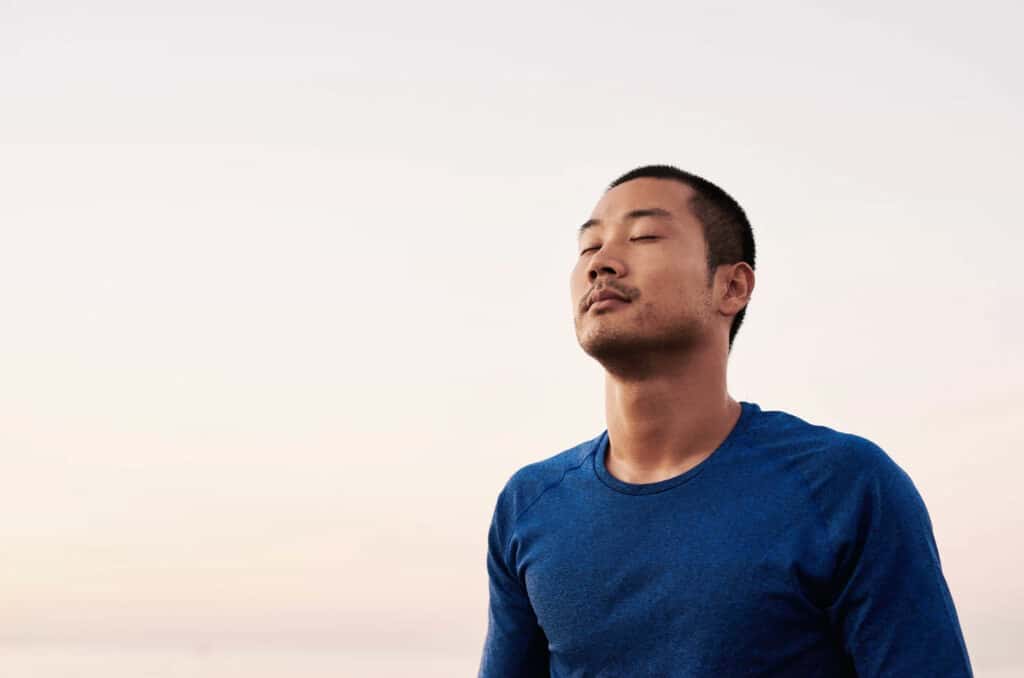
Breathing Mechanics and Physiology: Why Better Breathing Means Better Health
We breathe over 20,000 times a day, yet most of us don’t think twice about it. But if you struggle with chronic pain, fatigue, stress,

Movement is Medicine.
So we keep saying.
But what does that mean exactly?
Movement is not a pill you can take. It requires A LOT more effort. And in our current situation, it also requires motivation, adherence and perseverance.
In our last blog we looked at the idea behind the 10,000 steps “myth” – and posed the fact or fiction question.
What did it come down to?
The bottom line: Yes, there is a minimum number of steps per day to keep your heart ticking and yes less than 10,000 steps (7-8,000 to be exact) was a good normal for health, but hitting 10,000 or more steps each day definitely comes with some added health benefits!
Recently in the clinic I have seen a few teenagers whose presentations highlighted the importance of movement. This is in addition to the many working adults who have been suffering with more aches and pains working from home and those that normally struggle with the stress and strain of the sedentary office lifestyle.
So, what about school age children and teens learning from home?
For kids, these lockdowns are hard, if not harder, given they no longer have the same social contact, and their daily movement habits have significantly changed.
There is no more walking to school or walking to/from the bus stop. There is no more walking from class to class. No more recess or lunch breaks where they get to move around. And PE on Zoom is just not the same!
Instead, they are spending the majority of their “school” day in the bedroom. At their desk. Not moving. And now seeking out physiotherapy care for aches and pains more commonly seen in the sedentary office population.
This highlights the many benefits of moving throughout the day.

Metabolism refers to all the involuntary activities completed by your body (e.g. breathing, circulation, nerve activity, etc). Your metabolic rate is the rate at which you burn calories to perform these bodily functions.
It is thought that prolonged sitting can slow down your metabolic rate. This can affect your ability to regulate blood sugar and blood pressure, and break down fat. This may lead to weaker muscles and bones and negatively impact your energy levels!
In a study by Yates et al. looking at breaking up periods of prolonged sitting with short bouts of walking (not standing), they showed clinically meaningful improvements in metabolic health in older adults.

Who can sit perfectly all day?
Not many.
And as such, the importance of regular physical activity is demonstrated.
With prolonged sitting many people report muscle fatigue, which can be felt as achiness or burning in the muscles of the neck, shoulders, upper back, lower back and buttocks.
A study by Waongenngarm et al. looked specifically at which muscles fatigue after an hour in office workers, and detected that prolonged slumped sitting may relate to fatigue of the internal oblique and transverse abdominal muscles. This may compromise spine stability, which is one of the reasons it can be hard to sit for hours! Your muscles get tired. When prolonged and ongoing muscle fatigue can lead to pain.
Movement tips to ease/prevent muscle fatigue, increase blood flow to your muscles:

The shift of school age children to devices is not new, but with COVID and learning from home, kids are getting a lot more screen time on the computer and likely less time outside during the equivalent of the “normal school day”.
As such, there have been reports of increased eye strain leading to myopia or nearsightedness.
In a longitudinal study of over 5,000 children Enthovan et al., found that computer use in young children was associated with myopia. Prolonged hours of reading also had a strong association with nearsightedness. What they, and other studies found, is that the effect could be lowered by outdoor exposure. Getting outside and away from screens allows the eyes to relax.
Movement tips to ease eye strain:

After almost 3 months of lockdown and a lot of time cooped up at home on screens, kids and adults alike are struggling.
With focus, motivation and energy.
Everyday is like Groundhog Day and when that’s what your life comes to, it is understandable that it can be hard to keep going.
Speaking to a few of my younger patients and their parents over the last week, it is not uncommon for them to stay in their room ALL DAY. Some barely even leave their bedroom and if they do it’s for food and then back they go.
When kids are missing out on the social contact they would normally be getting, isolating themselves in their room on one device or another only fuels the monotony of the day.

Prolonged sitting or hours at the computer often lead to postural changes like slumped sitting and forward head posture. With this, muscles around the neck and shoulders tightened. Consequently there is more potential for breathing dysfunction.
In a study of young healthy males they found that slouched sitting postures reduced diaphragmatic tension and movement. This suggests that with prolonged sitting and subsequent slouched posture, breathing patterns change, likely to a more apical or chest pattern. With this, more breaths/minute, more work for the neck, shoulder and chest muscles, leading to more muscle tension at rest.

There are many documented ill effects to our cardiovascular, metabolic and mental health from prolonged or excessive sitting. Prolonged sitting has also been associated with poor executive function, memory and attention which are important cognitive aspects of performance for school and work.
One study on sedentary office workers found that by breaking up prolonged sitting with standing or light-intensity exercise at the workplace one could see positive effects on cognitive performance. They also found positive effects on postprandial hyperglycemia (high blood sugar after eating), insulin resistance, inflammatory markers and hormonal regulation (e.g. cortisol and dopamine).
Those are only 6 reasons why movement matters. There are countless others. When we move regularly we are able to achieve all of the above. Our digestion, sleep and mood will benefit too!
Regular movement is best as a part of our daily routine. This is in addition to other exercise routines – yoga, weights, running, cycling, etc. Keeping your body moving through the day will only benefit you, keeping you strong and mobile when exercising and therefore that much more enjoyable!

We breathe over 20,000 times a day, yet most of us don’t think twice about it. But if you struggle with chronic pain, fatigue, stress,

From Melinda… For people who come to my classes and clients who have been seeing me for a while, may have heard some of the

Meet Susan Susan recently suffered a fall attempting to lift a 2.5kg bag of soil overhead in her garden shed when she felt her leg
Sign Up Below To Get Your Free RedoHealth Guide Now

By registering, you agree to receive SMS and email communications from RedoHealth. No spam guaranteed. Unsubscribe at anytime.